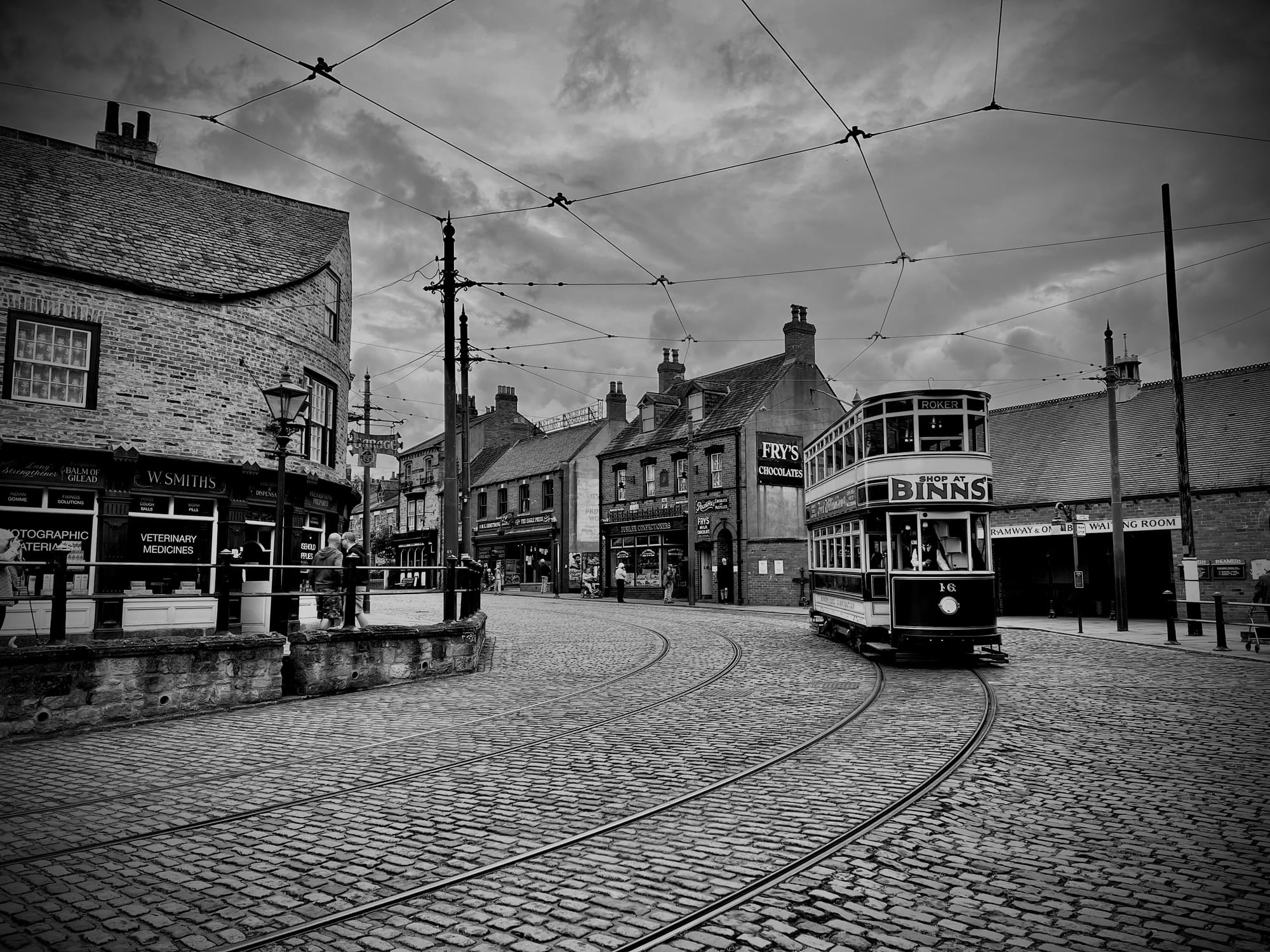How to edit photos if you're colourblind
Colourblind people can still be wonderful photographers.

I have colourblindness. This doesn't mean I see in black and white; it just means that I struggle to differentiate or identify some colours. I have protanopia, which means I have particular trouble with reds and greens. About 8% of males have this form of colourblindness.
I first learned about my colourblindness when I was 4 years old. We were drawing pictures at school, and my friends were extremely confused about why I had coloured the sky in purple.
I have always been interested in photography, but my colourblindness presents a bit of a barrier. When I'm editing a photo, how do I know that I've got the colour balance right?
Turns out there are plenty of great colourblind photographers in the world, and there are plenty of ways to thrive as a photographer even if you don't see colours the way others do.
Approach 1: Remove the colour








Photos by Peter Bryant. I love how monochrome can highlight textures and details, and create really dramatic scenes.
I have found a lot of satisfaction in black-and-white photography. It allows me to focus on composition, contrast, and other aspects of the shot.
The obvious advantage of black-and-white photography is that you can't get colours "wrong", because there are no colours. It's a great approach for colourblind folks, but it can be an interesting experiment for other photographers too.
Approach 2: Embrace your difference

Something I've realised is that the way I see the world isn't wrong. It's just different. So sometimes, I just edit the photo in a way that looks good to my eyes.
The best art is often a reflection of the person who created it. My colourblindness is a part of who I am, and it's pretty satisfying and validating to unapologetically reflect the way I see the world in my work.
Approach 3: Exploit the Auto button

Your iPhone's editing tool has a great button labelled AUTO. This will make some pretty inoffensive adjustments to the shot which will get you 90% of the way towards a great edit. I often hit this button to sort out the colours, then make adjustments to contrast and other settings.
Could this be called cheating? Maybe. But the tool exists and it works, so it seems silly to ignore it.
Approach 4: Get help
An obvious and easy way of validating your edits is to ask someone else to check them. Looking at a few Reddit threads, a popular approach seems to be for the colourblind photographer to edit in monochrome, then hand off the shot to someone else to do the colour work.
This might not work if you're a professional, but for personal photography it's a very easy thing to do.
Wrapping up
Colourblindness isn't a barrier to being a photographer; in fact, colourblindness can actually enhance your photographic journey. Embrace black-and-white photography, trust in auto-adjustment tools, and don’t hesitate to ask for a second opinion on colours. Or just go with your gut. These strategies can help you create beautiful, compelling images that showcase your unique perspective.
Keep experimenting and sharing your work; your perspective is valuable and can inspire others to see the world differently.